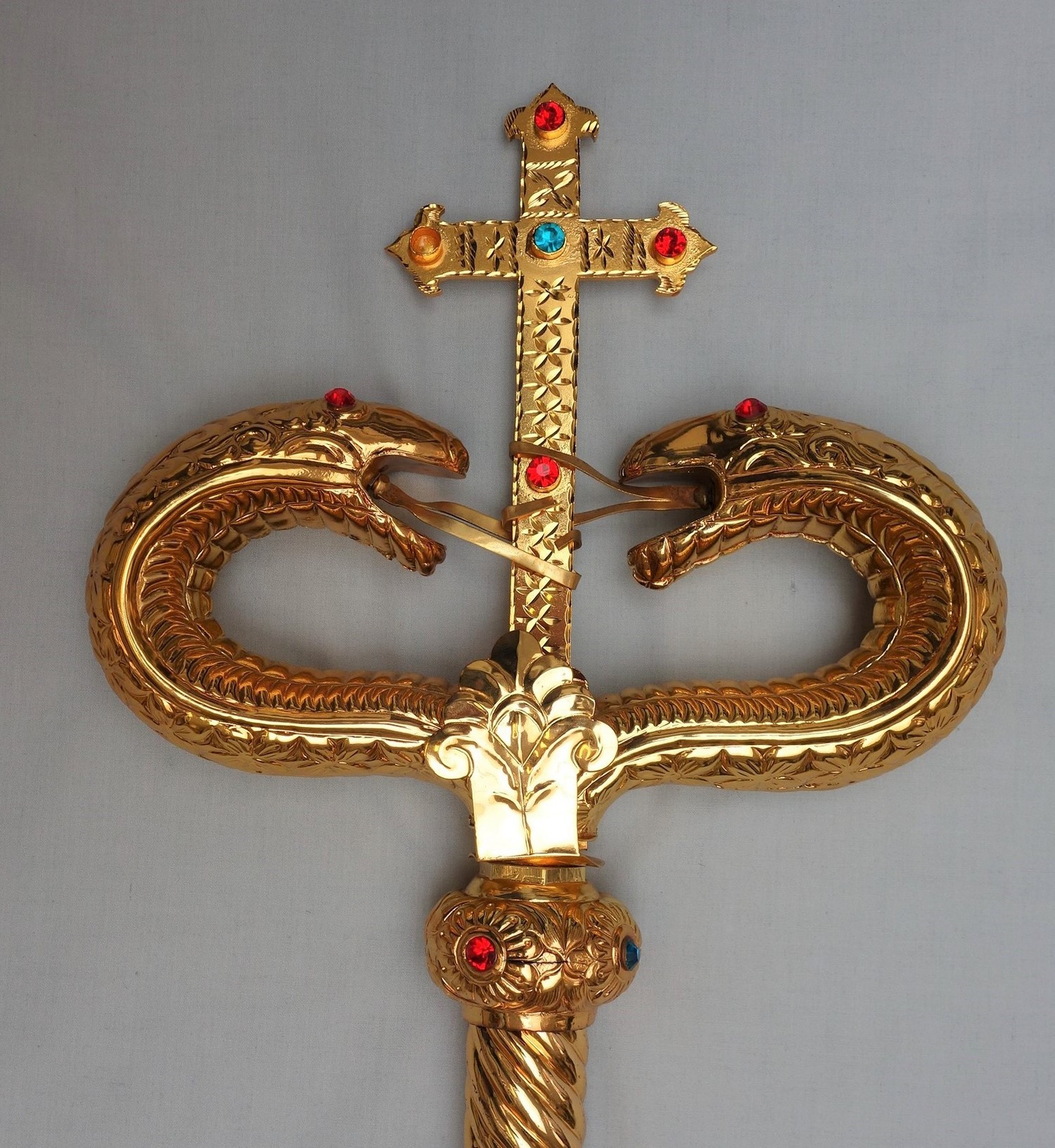The Syriac Orthodox Church is one of the Oriental Christian Churches that still use ancient Syriac in their liturgies. Ancient Syriac itself is a dialect of Aramaic, which is closely related to the Aramaic spoken in the time of Jesus Christ. Syriac Churches are nowadays mainly found in the Middle East, in Kerala (southern India) and in Europe and the United States. In daily life they use neo-Aramaic dialects, such as Turoyo and the languages of the countries where they reside.
The Syriac Orthodox Church, also known as the Syriac Orthodox Church of Antioch or the Syriac Orthodox Patriarchate of Antioch and All the East, has some five million followers, who are now spread throughout the world. Like the Copts, they are generally described as ‘miaphysites’, which means that they regard Jesus Christ as having one nature; that is, they do not separate the human and the divine in Christ as the so-called ‘dyophysites’ do. Following the Council of Chalcedon in AD 451, they separated from the other Churches, including the Roman Catholics.
 Emblem of the Syriac Orthodox Patriarchate of Antioch and All the EastBoth men and women of the Syriac Orthodox Church in the Middle East wear garments that are Western in style and similar to those worn by many other groups in the Middle East. When attending church services, many women will cover their heads, like Coptic women. Outside church contexts, Christian women often stand out because they do not wear a headscarf.
Emblem of the Syriac Orthodox Patriarchate of Antioch and All the EastBoth men and women of the Syriac Orthodox Church in the Middle East wear garments that are Western in style and similar to those worn by many other groups in the Middle East. When attending church services, many women will cover their heads, like Coptic women. Outside church contexts, Christian women often stand out because they do not wear a headscarf.
Syriac clergy
The basic garment worn by Syriac clergy is the black cassock, namely an ankle-length gown with long sleeves. Both monks and priests wear the cassock and a skullcap (phiro). In addition, a monk will wear a short hood (eskimo), similar to the one worn by Coptic monks (the qalansuwa). Syriac bishops wear a cassock, a black skullcap and hood, but with a red cummerbund. The outfit worn by a Syriac Patriarch includes the skullcap, cassock, cummerband and a tallish cap, all of which are in red.

Especially during the celebration of the Holy Qurbono (the Eucharist), the priest also puts on msone, ceremonial shoes which must not be made of leather. As in the Coptic Church, ordinary Syriac men ordained as deacons can take part in church services, wearing a white kutino and a stole (uroro) in a specific manner that indicates their rank.


